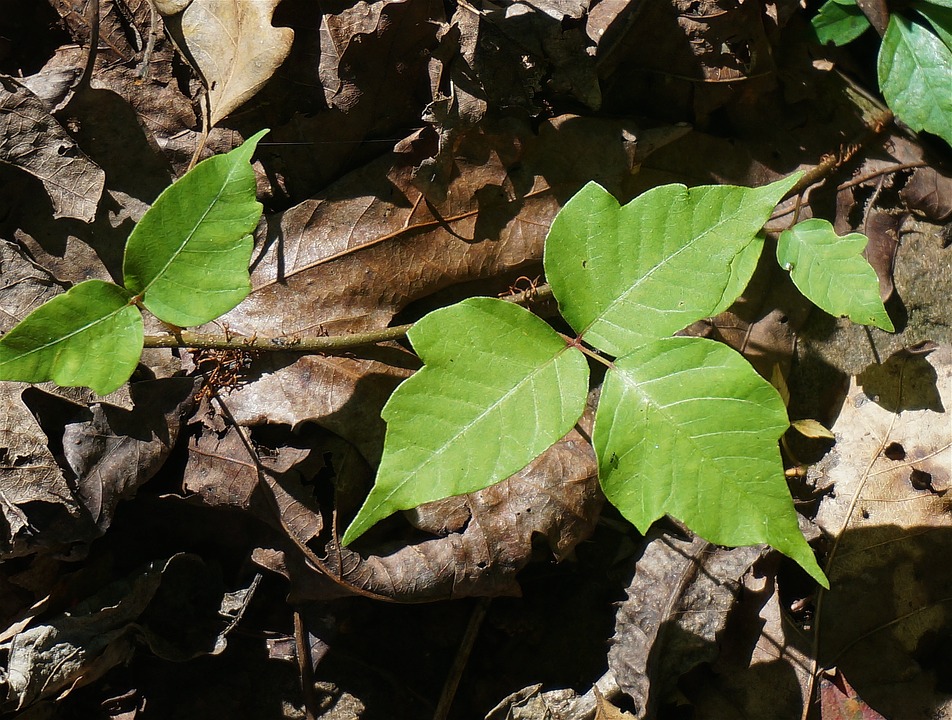
Health Hazard - Eradicate!
While not commonly associated with lake and pond environments from time to time it can be found along the shoreline. This is especially true if your pond is located in a wooded environment.
Problems
People who come in contact with these plants develop very red skin, swelling, blisters, and a serious itch.
Plant Description:
Poison ivy can appear as a ground cover, a shrub, or as a vine growing up a tree. It likes to grow in places where it is moist. Older vines are covered in fibrous roots resembling hair that grow into the supporting tree. It has dull or glossy compound leaves on a long stem that are divided into 3 leaflets.
The name Poison Oak is often applied to the shrub-like forms of Poison Ivy. Poison Oak of the southeastern United States has its leaves divided into three leaflets; the leaflets are densely haired and generally have three to seven distinct lobes. The white, berry-like fruits are also somewhat hairy. Poison oak contains poisonous substances that are believed to be identical or closely related to that found in Poison Ivy.
Poison sumac is a shrub or small tree, up to nearly 30 feet in height, with 7-13 leaflets per pinnate leaf. These are oval to oblong; tapering to a sharp point; and wedge-shaped at the base. Leaves are wavy-edged; hair-less or slightly down-like hair on the underside, and usually 2-4 inch long. Its flowers are greenish.
Hints to Identify
Look for leaves of three for poison ivy and poison oak.
|
Homeowner Treatment Options
|
| Shoreline Defense |
| *Aquatic Biologists recommends implementing preventative management techniques and physical removal prior to, or in conjunction with treatment. |
Common Application Questions
Q. How much should I treat?
A. Personally, we would eradicate these plants wherever children or loved ones would come into contact with them.
Q. When is the best time to treat?
A. When the plants are actively growing.
